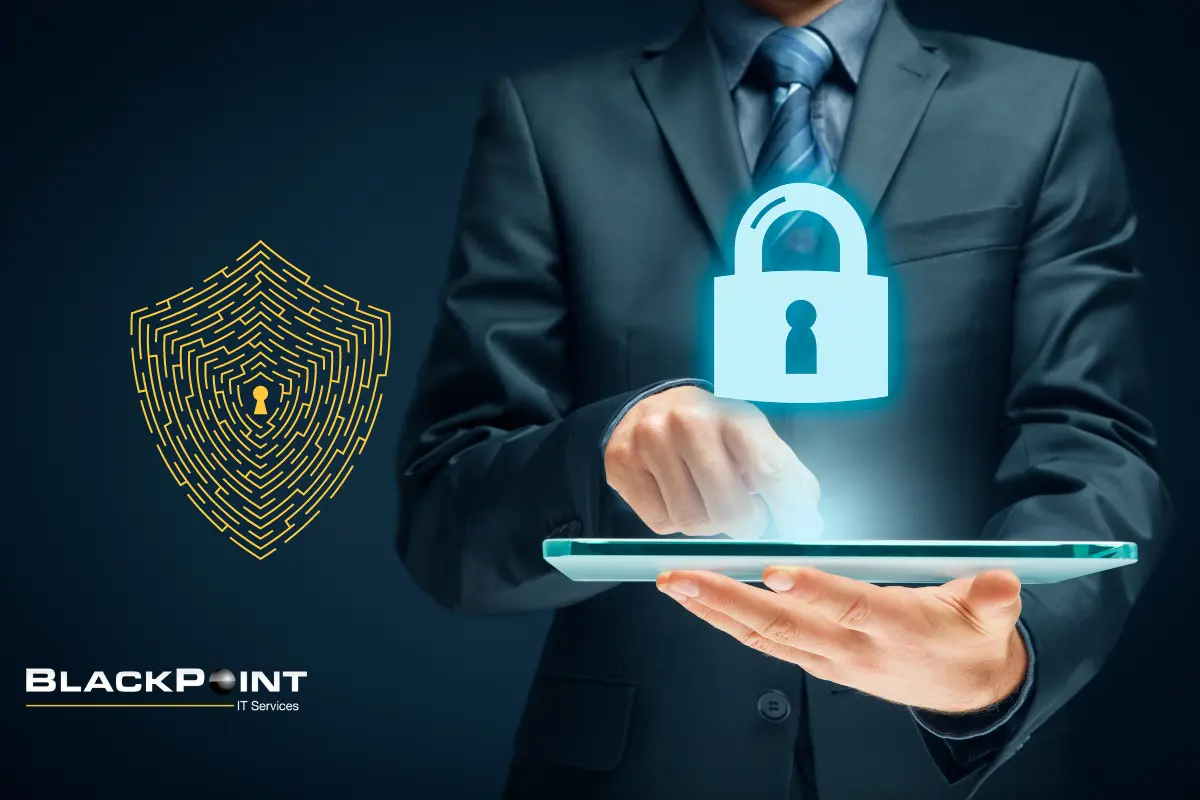
Cyberattacks have grown yearly, causing severe damage to businesses, damaging reputations, legal complications, grave financial losses, and even business closures. Every business should have a cybersecurity strategy to ensure that sensitive data remains secure. This blog will explore the critical role of your employees in building a resilient cybersecurity strategy. We’ll delve deeply into the components that comprise a robust human firewall, including employee training, security policies, and creating a culture of cybersecurity.
In an age where businesses increasingly rely on digital infrastructure, a human firewall is your organization’s first line of defense. A human firewall is not a physical barrier or software but a network of vigilant employees proactively protecting your business against cyber threats. These individuals are knowledgeable of potential risks and are engaged and empowered to recognize and respond to threats in real-time. Their responsibilities go beyond merely identifying phishing emails but also include spotting unusual activities, reporting security incidents promptly, and strictly adhering to security policies and procedures.
However, employees are often the weakest link, as social engineering attacks and human errors can exploit them—whether by clicking on a malicious link or unintentionally sharing sensitive data. Cybersecurity is not the sole responsibility of your IT department. All employees must be educated about protecting sensitive data and preventing security breaches.
Employee Awareness and Training
Creating a robust human firewall enhances an organization’s cybersecurity defenses. Organizations should conduct training for various cyber threats, including phishing scams, malware, and social engineering attacks. Educating your employees empowers them to help your business mitigate risks, protect sensitive data, and safeguard your business’s reputation. Cybersecurity training extends beyond immediate threat prevention and helps meet regulatory compliance and legal obligations. Doing so reduces the risk of fines and potential legal consequences, adding another layer of protection for the organization.
Types of Cybersecurity Training
Basic Cybersecurity Awareness: This training covers basic concepts applicable to daily operations, including creating strong passwords, safe internet browsing practices, and recognizing phishing emails.
Role-Specific Training: Role-specific training is tailored to employees’ specific job roles and responsibilities to help them understand their unique risks and vulnerabilities. IT staff may receive in-depth training on detecting and responding to malware attacks.
Simulated Phishing Exercises: Test your employees’ awareness and response to phishing attacks with simulated phishing exercises. It can help organizations to identify employees who need additional training and to improve their overall security posture.
Incident Response Training: This training prepares employees to respond effectively to security incidents, including reporting procedures and containment measures.
Organizations should promote continuous learning to stay ahead of emerging threats. Offer free webinars and online courses to encourage employees to enhance their knowledge in preventing malicious activity. In return, they will be empowered to work hand-in-hand with you in protecting your business.
Establish Security Policies and Procedures
Establish clear, concise, and comprehensive security policies and procedures easily accessible to all your employees. These policies serve as a roadmap for employees that outlines their roles and responsibilities and best practices when handling sensitive data.
A well-defined security protocol sets clear expectations for your team, so everyone knows what they need to do and how to do it. This clarity boosts compliance and fosters a culture of security awareness within your organization. Your policies should cover basic security protocols aligned with your business needs and not be the cause of confusion for your employees. Here are some security policies that could be applied to your organization:
Encouraging a Culture of Cybersecurity
Building a robust human firewall involves more than just implementing security measures—it requires fostering a culture of cybersecurity within the organization. This begins with leadership buy-in, wherein top management champions security initiatives and sets an example for the rest of the team, emphasizing the significance of cybersecurity across all levels of the organization.
Equally important is the active involvement of every team member. Encouraging employees to participate in security discussions, report suspicious activity, and suggest improvements helps create an environment where everyone feels responsible for the organization’s cybersecurity. A reward and recognition system can be implemented to reinforce good practices to recognize and appreciate employees who exhibit exemplary security behavior.
Lastly, regular reminders of cybersecurity responsibilities through internal communication channels like newsletters, meetings, and training sessions help keep security at the forefront of everyone’s minds. Together, these strategies contribute to a comprehensive cybersecurity culture, enhancing the organization’s defenses and creating a proactive approach toward potential threats.
Don’t let your employees be the weakest link in your cybersecurity chain. With cybersecurity, prevention is always better than cure.
We believe in a proactive approach to cybersecurity, where every employee is equipped with the skills to protect their organization. Schedule a 1:1 consultation with one of our cybersecurity experts and start building a culture of cybersecurity awareness in your organization.